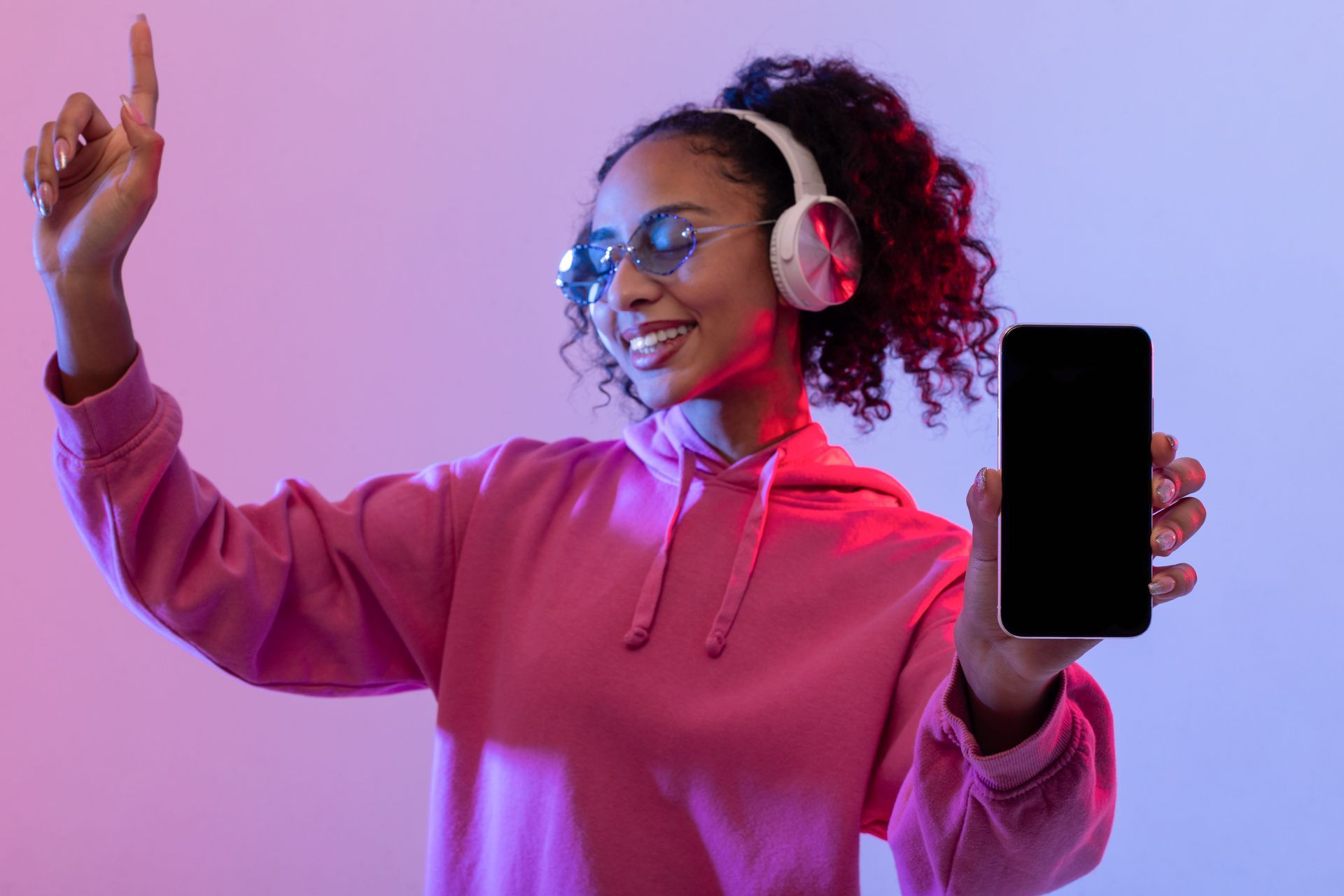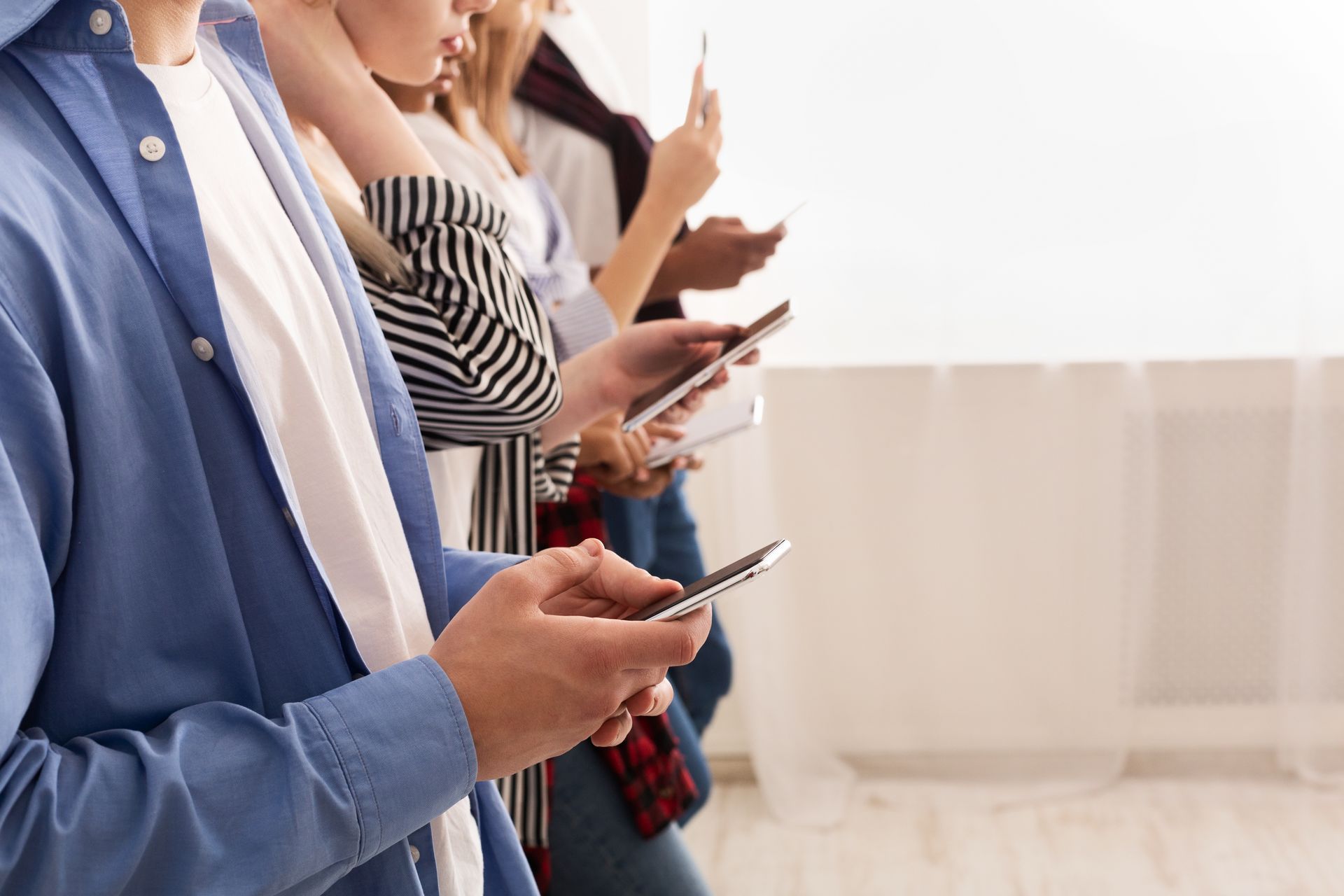Looking to Reach U.S. Latinos? Here Are the Top 5 Digital Marketing Platforms to Use
The majority (75%) of U.S. Hispanic consumers agree that if a brand makes an effort to include elements of their culture in their advertising, they are more likely to look favorably on them or purchase their products. With that being said, plenty of brands and businesses make the mistake of failing to reach them and connect with Latinos in culturally relevant environments. Keep reading for the top digital platforms keep in mind when formulating your Hispanic digital marketing strategy.
Here’s a recap of what we’ll be going over:
- Mobile is a Must
- Digital Video is Vital for Reaching Online Streaming Fans
- Digital Audio is Key to Forming Cultural Connections
- Connected TV is a Powerhouse for Cultural Connectivity and Entertainment
- Omnichannel Shopping is Essential
Questions or comments?
Contact us!
1. Mobile is a Must
According to YouGov research cited by eMarketer, 87% of U.S. Hispanic Internet users have a smartphone compared with 84% of non-Hispanic white Internet users.
For advertisers and businesses alike, reaching Latinos via mobile optimized advertising is the way to go, especially among social media.
Social Media Use
Tied to the importance of mobile among Hispanic consumers is their love of social media platforms. According to Culture Marketing Council research, U.S. Hispanics are much more likely than both white and Black Americans to say that they are on social networks from the moment they wake up to the moment they go to sleep, spending many of their waking hours on their favorite social media apps.
The survey also found that:
- 47% of U.S. Hispanics ages 13-17 self-identify as heavy social media users versus 32% of non-Hispanic blacks and 24% of non-Hispanic whites.
- 37% of U.S. Hispanics ages 18-34 self-identify as heavy social media users versus 30% of non-Hispanic blacks and 28% of non-Hispanic whites.
- 29% of U.S. Hispanics ages 35-49 self-identify as heavy social media users versus 20% of non-Hispanic blacks and 19% of non-Hispanic whites.
2. Digital Video is Vital for Reaching Online Streaming Fans
U.S. Hispanic adults also over-index on YouTube use compared to the total population, at 78% using YouTube vs. 73% of all adults who use Youtube, respectively.
Their preference for streaming digital video also extends into online TV streaming services. In total, it’s estimated that 79% of U.S. Hispanic adults use Netflix, compared to 62% of non-Hispanics, and 39% of Latinos are Hulu users, compared to 26% of non-Hispanics.
Wondering why this is? Aside from the wide variety of content available at lower rates than cable TV subscriptions, new data from
Nielsen research
shows that streaming services have more diverse programming in their content when compared to traditional cable TV.
Their research shows that almost one-third of cable content lacks equal representation of Indigenous, people of color, women, and LGBTQ actors. More than any other group, women and Hispanic women in particular face the most severe lack of representation across all TV genres and content categories.
3. Digital Audio is Key to Forming Cultural Connections
There’s no denying that music is a major source of cultural connection and community, which is heavily reflected in high digital audio usage rates among U.S. Latinos. A staggering 85% of Hispanics in the U.S. listen to audio content online, with the majority (90%) using digital audio platforms to stream music.
Not only are U.S. Hispanics listening to audio online, but they’re also spending much of their time listening, with 4 in 10 spending more than 5 hours per week listening to music online -- making it a great medium for businesses who are looking to reach Latinos by connecting in a culturally relevant context. An equal share (42%) said they spend at least 6 hours per week listening to digital audio and watching digital video, showing that Hispanic audiences continue to over index in various categories across several digital platforms.
While digital audio such as music streaming and online radio use are high among Hispanics, they are also increasingly turning to
podcasts
for information and entertainment, with 18% reporting that they were spending more time listening to podcasts since the start of the pandemic. Of this group, 16% listen in to podcasts daily, which makes them 9% more likely to do so than the general population.
4. Connected TV is a Powerhouse for Cultural Connectivity and Entertainment
Connected TV streaming consumption has also been consistently growing among the U.S. Hispanic population, with content made by and for Hispanics increasing alongside this trend. For instance:
- Netflix recently launched their “Con Todo” channel on Instagram highlighting all things #LatinXcellence, in addition to launching a new podcast titled “Brown Love” to highlight Latinx content and experiences.
- Pantaya, Lionsgate, and Hemisphere Media’s Netflix-style streaming service, recently launched to target the Latino community. They offer premium content and original programming specifically for the Hispanic market at $5.99 a month.
- Pluto TV, Viacom’s free, ad-supported streaming service, added a Latino category featuring 11 linear Spanish and Portuguese-language channels, with content ranging from movies, comedy, music, true crime, reality, sports and telenovelas.
While representation is still not equal in TV and media, there’s no doubt that progress is slowly but surely being made as the U.S. Hispanic influence continues to grow, as seen in the above examples.
When it comes to tech device ownership, Hispanics also
over-index
across the board:
- In Q1 2020, 6 in 10 (62%) owned an internet-connected device, making them 29% more likely when compared to the general population.
- Two-thirds of Hispanics own an enabled Smart TV, which makes them 25% more likely compared to the total U.S. population.
- The group is also 15% more likely to own a game console, 13% more likely to own a computer, and 4% more likely to own a smartphone.
The pandemic has further fueled Hispanic digital use, especially when it comes to online streaming. Compared to the non-Hispanic population at 55%, 70% of U.S. Latinos report that they have increased the amount of time spent watching movies or shows using a streaming service, and increased their weekly viewing time by roughly 8 hours in March of 2020 as the pandemic took place.
For more information on reaching Latinos via online video streaming,
don’t forget to check out our post.
5. Omnichannel Shopping is Essential
The shift to online shopping and shopping across multiple channels undoubtedly skyrocketed in 2020. Shopping both online and in-store, also known as omnichannel shopping, grew by 50% in the past year as a result of the coronavirus pandemic, according to
Nielsen data.
Their research shows that a staggering 133% year-over-year growth in heavily or exclusively shopping online by U.S. consumers took place from September 2019 and September 2020. At the same time, in-store pickup shopping increased 26%. Of all multicultural groups, Hispanic consumers in particular led the charge in using both online and offline fulfillments at the same time (54%), compared to respondents who identified as African American (43%) and Asian American (31%).
Overall, these findings point in the direction of pandemic retail habits being here to stay as consumers have grown to rely on omnichannel shopping options -- and Hispanic consumers are leading the pack.
How to Get Started with Hispanic Digital Marketing
While knowing where to reach Latino audiences online is vital to formulating a Hispanic digital marketing plan, knowing how to connect and communicate with this audience in a culturally impactful way can be tricky to do on your own. This is where hiring a Hispanic digital marketing agency can make all the difference.
Feel free to contact us to speak with one of our expert Hispanic digital marketing consultants, or find a
location near you.
Plus, learn more about us by checking out our
services
and
success stories.
General questions or comments?
You can reach us
here. We’d love to hear from you!















